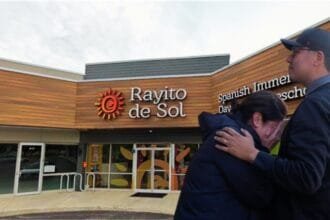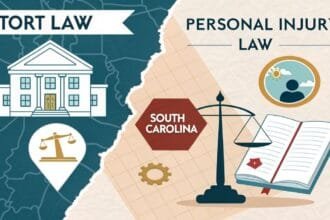California public schools will face stricter requirements on how they use $2 billion in state funds allocated for pandemic recovery under a landmark legal settlement announced Thursday. The deal aims to increase transparency and ensure resources directly support students most affected by remote learning.
The agreement ends a lawsuit filed in fall 2020 criticizing the state’s efforts to mitigate learning loss after campuses shut down due to COVID-19. While not admitting wrongdoing, California agreed to new accountability rules, including tracking academic progress and allowing parent complaints.
“This settlement has strong measures to help ensure students get the resources they need,” said attorney Chelsea Kehrer of Morrison Foerster, which represented the plaintiffs.
Research shows students nationally remain behind pre-pandemic achievement levels despite returning to in-person schooling. A report Wednesday found California students still down more than a third of a grade in math, with worse impacts in high-poverty districts.
“If California doesn’t act soon, inequality is likely to become permanent,” said Stanford education professor Sean Reardon, co-author of the report.
The settlement requires school districts to devote pandemic relief funds to proven academic strategies, focusing on schools and groups most affected. Districts must detail plans for the money and results in publicly accessible documents. Parents can file complaints if dissatisfied.
While the $2 billion was already earmarked for pandemic recovery, the agreement adds oversight and mandates it be spent within four years. The Legislature must approve the settlement’s terms.
“Now there will be visibility and attention,” said attorney Mark Rosenbaum of Public Counsel, which joined the suit. “Anyone, including parents, has a process to call out a district not using resources as mandated.”
The original lawsuit argued remote learning deprived students of adequate instructional time and support. Plaintiff Angela J., an Oakland parent, said her second grade twins got just two lessons with a teacher from March to June 2020.
With students back on campus, the suit pressed the state to remedy ongoing academic setbacks, especially in disadvantaged communities. The settlement aims to ensure aid reaches students with the greatest needs.
“No one wants poor kids footing the bill for the pandemic,” said Harvard education professor Thomas Kane, who co-authored the latest research on learning loss. “With federal relief drying up, state leaders must target remaining dollars to summer school, tutoring and after-school programs next year.”
While some districts have been slow to spend prior aid, dwindling budgets mean officials can no longer delay using allocated pandemic funds.
The new transparency requirements will allow parents to monitor recovery plans and file complaints if districts fail to follow prescribed strategies. The settlement empowers community advocacy groups to push for academic progress.
“Now there will be visibility and attention,” said Rosenbaum. “Anyone, including parents, can call out a district not diligently using resources.”
Overall, the deal aims to ensure California’s disadvantaged students benefit from pandemic funds already budgeted, preventing further unequal impacts. Schools have four years to spend the $2 billion under the settlement’s accountability provisions.
With the state facing a $38 billion deficit, the agreement will not significantly affect upcoming budget negotiations if existing funds suffice. But the Legislature must approve its recovery spending mandates.
The settlement marks a turning point in efforts to reverse learning setbacks that have harmed a generation of California students. Strong oversight and parental involvement will be key to getting academic recovery on track, especially for disadvantaged children hardest hit by school shutdowns.



